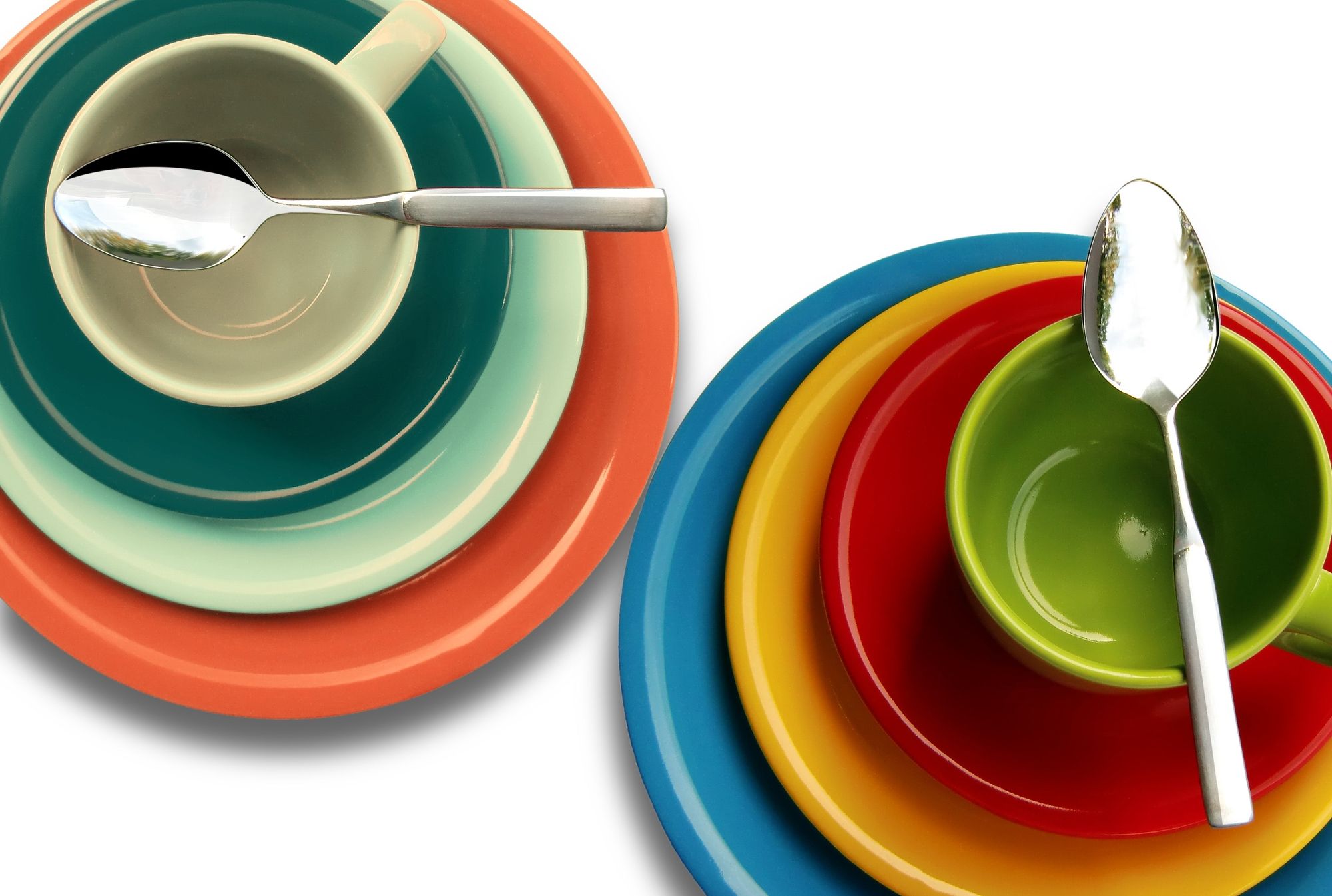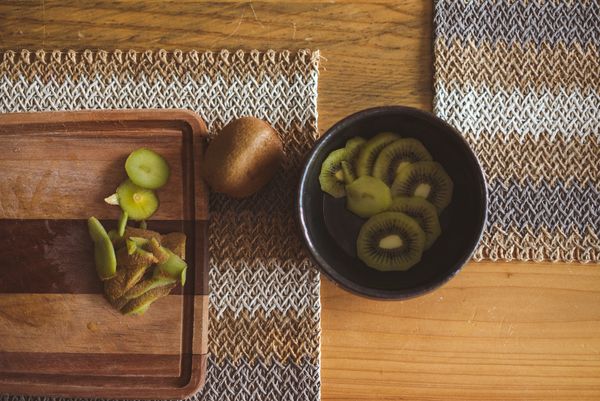Over the years, researchers have been looking into various ways to control portion sizes and manage weight effectively. One of the most discussed and debated topics in this regard is the size of dinner plates.
With the abundance of larger plates in modern times, there has been a growing concern that plate size might be influencing our eating habits and overall health. This article delves into the importance of dinner plate size, its impact on portion control, and how you can choose the right size for your meals.
The History of Dinner Plate Sizes
Standard Dinner Plate
The size of dinner plates has changed dramatically over the years. In the early 20th century, the average dinner plate was approximately 9 inches in diameter. However, by the end of the century, the average size had increased to around 12 inches. This change is believed to be a contributing factor to the increasing rates of obesity and other health issues related to overeating.
How Dinner Plate Size Affects Portion Control
Appetizer Plate
The size of your dinner plate plays a crucial role in determining how much food you consume. Larger plates can lead to overeating because they make portions appear smaller, leading you to serve yourself more food to fill up the plate. Conversely, smaller plates can help control portion sizes, as they make servings appear larger, resulting in the consumption of fewer calories.
Standard Dinner Plate Size
Numerous studies have shown that individuals who eat from larger plates tend to consume more food than those who eat from smaller plates. A study conducted by Cornell University found that people served themselves 22% more food when using larger plates. This means that simply switching to a smaller plate could significantly reduce your calorie intake, aiding in weight management.
Choosing the Right Dinner Plate Size
Bread and Butter Plates
To ensure you're not inadvertently consuming more calories than necessary, consider the following tips when selecting your dinner plate size:
Stick to a 9-10 inch diameter
Studies suggest that a plate with a diameter of 9-10 inches is the most effective in promoting portion control. This size allows for adequate space for your meal without encouraging overeating.
Choose plates with contrasting colors
A plate with a color that contrasts with your food can help make your portion sizes more apparent. For instance, if you're eating a salad, opt for a darker-colored plate. Conversely, if you're eating pasta, choose a lighter-colored plate.
Pay attention to plate design
Select plates with a rim, as this can act as a visual barrier, preventing you from overloading your plate. Additionally, plates with a central indentation can create an illusion of a smaller portion size, discouraging overeating.
Limit the number of serving dishes
Research indicates that having a variety of foods on the table can lead to overeating. To minimize this, try limiting the number of serving dishes available at mealtimes, which can help you better control portion sizes.
The Benefits of Choosing the Right Dinner Plate Size
Salad Plate and Dessert Plate
By opting for a smaller dinner plate size, you can reap numerous health benefits, including:
Improved portion control
Using a smaller plate can help you be more mindful of your portion sizes, ensuring you consume a balanced meal without overindulging.
Weight management
A smaller plate can help reduce your calorie intake, making it easier to maintain or lose weight.
Enhanced mindfulness
Smaller plates can encourage more mindful eating, allowing you to savor each bite and better recognize when you're full.
Reduced food waste
By serving yourself smaller portions, you're less likely to leave uneaten food on your plate, reducing overall food waste and promoting sustainability.
Cost savings
By consuming smaller portions and wasting less food, you can save money on your grocery bills and reduce the cost of dining out.
Healthier eating habits
Adopting the practice of using smaller plates can lead to the development of healthier eating habits, which can ultimately improve your overall well-being.
Conclusion
Side plates and Dinner Plates
The size of your dinner plate plays a significant role in determining your portion sizes and, subsequently, your calorie intake. By switching to smaller plates, you can better manage your portions and maintain a healthy weight. Additionally, choosing the right dinner plate size can lead to enhanced mindfulness during mealtime, reduced food waste, cost savings, and the development of healthier eating habits.
Appetizer plates and Dessert Plates
Remember, the key to success lies in finding a balance between enjoying your food and being mindful of the portions you consume. By making simple changes like adjusting your dinner plate size, you can take a proactive approach to improving your overall health and well-being.


